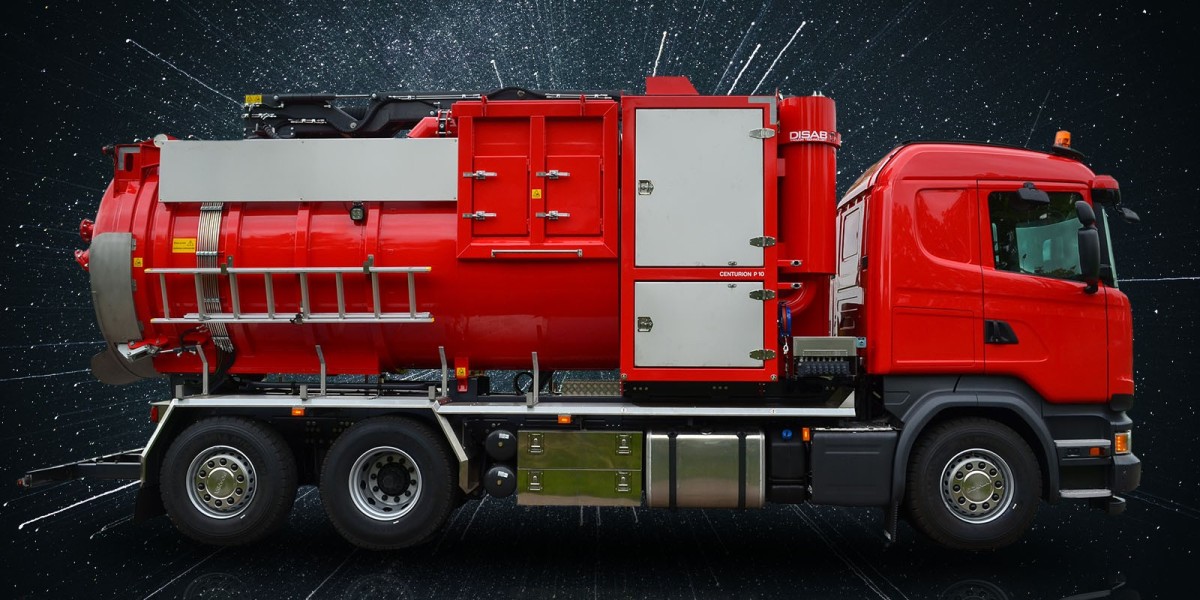Understanding the Distinction Between Haulage and Cargo
In the world of transportation and logistics, the terms "haulage" and "cargo" are frequently used, but they represent distinct aspects of the shipping and delivery process. Understanding the difference between these two concepts is essential for anyone involved in the industry. In this article, we will explore the meanings of haulage and cargo, their roles in logistics, and how they intersect within the broader realm of transportation.
Haulage Defined
Haulage, in its most basic form, refers to the act of transporting goods or materials from one location to another. It involves the physical movement of items, typically by road, rail, water, or air. Haulage can be performed by various entities, including individuals, transportation companies, and logistics providers.
Key Characteristics of Haulage:
Physical Movement: Haulage primarily deals with the actual transportation of goods. It encompasses loading, securing, and delivering cargo from one point to another.
Transportation Modes: Haulage can involve different modes of transportation, such as road haulage (by truck), rail haulage (by train), maritime haulage (by ship), and air haulage (by plane).
Service Providers: Haulage services are offered by carriers, which can range from independent truck drivers to large shipping companies.
Local and Long-Distance: Haulage can occur over short distances within a city or cover long distances spanning multiple regions or even countries.
Focus on Logistics: While haulage is a physical task, it is closely intertwined with logistics, which involves the planning, coordination, and management of the entire transportation process.
Cargo Defined
Cargo, on the other hand, refers to the goods or items being transported during the haulage process. Cargo encompasses a wide variety of items, including consumer goods, raw materials, machinery, vehicles, and even live animals. It represents the valuable payload that is moved from one location to another through various modes of transportation.
Key Characteristics of Cargo:
Diverse Content: Cargo can encompass an extensive range of items, from small parcels and packages to large and heavy machinery.
Ownership: Cargo is typically the property of a shipper or consignee who entrusts it to a carrier for transportation.
Packaging: Cargo may require specific packaging, labeling, or handling instructions to ensure its safe and secure transport.
Value: The value of cargo can vary significantly, from inexpensive consumer goods to high-value items such as electronics, fine art, and pharmaceuticals.
Regulations: Different types of cargo may be subject to specific regulations and requirements, depending on their nature. For example, hazardous materials require special handling and documentation.
The Interplay Between Haulage and Cargo
To better grasp the distinction between haulage and cargo, it's essential to recognize their interdependence within the logistics and transportation industry:
Haulage as a Service for Cargo: Haulage serves as the means by which cargo is physically transported. Carriers and logistics providers utilize various modes of haulage to move cargo efficiently and securely.
Logistics Coordination: Logistics professionals coordinate both haulage and cargo aspects. They plan routes, select transportation modes, ensure timely deliveries, and consider factors such as cargo weight, volume, and special requirements.
Cargo Safety: Haulage providers are responsible for ensuring the safety and security of the cargo during transit. This includes proper loading, securing, and handling to prevent damage or loss.
Documentation: Both haulage and cargo require extensive documentation. Haulage providers generate bills of lading, shipping manifests, and delivery receipts, while cargo owners may provide detailed packing lists, customs documentation, and insurance information.
Customer Experience: The quality of haulage services directly impacts the customer experience, as cargo must be delivered intact and on time. Customer satisfaction relies on the smooth coordination of both haulage and cargo aspects.
Conclusion
In summary, while haulage and cargo are interconnected within the world of transportation and logistics, they represent distinct elements of the process. Haulage refers to the physical act of transporting goods, encompassing the movement of cargo by various modes of transportation. Cargo, on the other hand, represents the actual items being transported, ranging from consumer goods to industrial equipment.
Understanding the relationship between haulage and cargo is vital for businesses and professionals involved in logistics and transportation, as it enables them to efficiently plan, coordinate, and execute the movement of goods while ensuring their safe and timely delivery to their destination.








